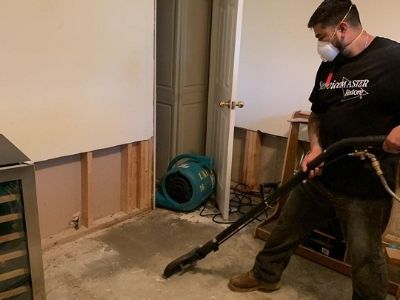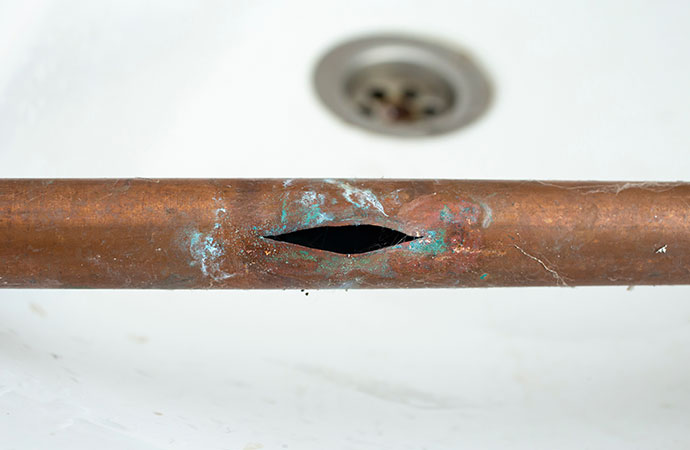Are you on the lookout for information and facts on How to Install and Connect a New Dishwasher?

A ruptured pipe is a significant emergency; you can only stand as you enjoy water you pay a lot to rejoin with the planet. In even worse instances, you observe a swimming pool on your cooking area floor, which is a wonderful journey threat, specifically if you have youngsters around. If the pipe that burst remained in your walls, problem: you might need to paint that whole section.
Just how can a tragedy like a ruptured pipe be prevented and taken care of? Well, by paying attention to your specialist emergency plumbings and also adhering to these guidelines.
Just how do I know when my pipes have ruptured?
Changing water pressures
Pipes do not simply burst in a day. You may have noticed that your kitchen faucet or shower does not run promptly when you transform the faucet. It might stop briefly for a couple of seconds and afterwards blast you with more force than typical.
In other circumstances, the water might seem typical initially, then decrease in pressure after a couple of secs.
Infected water
Many individuals assume a burst pipe is a one-way outlet. Fairly the contrary. As water flows out of the hole or laceration in your plumbing system, impurities locate their method.
Your water may be contaminated from the source, so if you can, examine if your water storage tank has any kind of problems. Nonetheless, if your drinking water is supplied and also purified by the city government, you must call your plumber immediately if you see or smell anything amusing in your water.
Puddles under pipelines and sinks
When a pipe bursts, the outflow forms a pool. It might show up that the puddle is growing in size, and regardless of how many times you mop the pool, in a few minutes, there's one more one waiting to be cleaned up. Frequently, you may not have the ability to trace the pool to any visible pipes. This is a sign to call a professional plumber.
Damp wall surfaces and also water discolorations
Before a pipe ruptureds, it will leakage, the majority of times. If this persistent dripping goes undetected, the leak might graduate right into a broad gouge in your pipe. One easy way to avoid this emergency is to keep an eye out for wet walls ad water discolorations. These water spots will certainly lead you right to the leak.
Untraceable dripping sounds
Pipe ruptureds can take place in the most undesirable locations, like within concrete, inside wall surfaces, or under sinks. When the house goes silent, you may be able to hear an annoyingly consistent leaking sound. Even after you have actually inspected your shower head and cooking area faucet, the leaking may continue.
Precious visitor, the dripping might be originating from a pipeline inside your walls. There isn't much you can do about that, other than inform a specialist plumber.
Show up the Warm
Set up fans to blow warmth right into cold spaces. Keep the garage door shut. If you have actually decreased water circulation, warmth one of the most at risk pipes (usually in basements and crawl spaces or near exterior walls) with a hair clothes dryer. Leave the faucet on while you apply heat. As you thaw ice, the flow will certainly enhance. To prevent pipelines from cold, insulate your wall surfaces.
Start Doing Away With the Water
Get hold of the wipe, buckets and a store vacuum cleaner to begin to eliminate the water because you certainly do not desire it soaking right into everything else in your house. Plus, a quick clean up will certainly reduce the opportunities of something getting moldy.
What do I do when I identify a burst pipeline?
Your water meter will certainly continue to run even while your water wastes. To minimize your losses, locate the main controls and also transform the supply off. The water pipe are an above-ground framework beside your home.
How to Fix & Detect a Leaking Pipe
How Do I Know if a Pipe is Leaking?
Leak detection tests can help you determine if your pipe has a leak. Even if you don’t see an apparent leak, you should still conduct leak detection tests regularly to save water and money—and prevent major damage to your home.
Water meter. It can be helpful to figure out what your usual water meter usage numbers are and then monitor them regularly. To monitor your meter, first, turn off all water faucets in your home. Check the meter and write down the numbers. In a few hours, check the meter again. If the numbers have changed, you have a leak. Water gauge. Use a water gauge to test your water pressure. Your showerhead should produce a certain amount of water pressure based on its model and design. If the pressure is lower than it is supposed to be for that specific showerhead, your home likely has a leak. Puddles. Look inside your bathroom, laundry, and kitchen sink cabinets. Puddles around the cabinets or around toilets, tubs, showers, and washing machines indicate the presence of a leaking pipe. You may also notice loose tiles, peeling or flaking paint, or mold caused by water accumulation. Napkin test. Even if you don’t see any puddles, you may still have a leak. You can test for water leaks in the bathroom, laundry, and kitchen by wiping below-sink connections with a napkin, paper towel, or piece of toilet paper. If it becomes damp, you probably have a leaking pipe under the sink. Discolored walls. Walls that are discolored—usually with brown or yellow stains—or bulging might mean that they have been impacted by water damage caused by a leaking pipe. Smell. A leaky pipe will create sitting water, and over time, that water may develop a musty smell. If your home smells musty, but you can’t locate the source, it may be due to a leak. Steps for Fixing a Leaking Pipe
A leaky drain can be remedied by tightening the pipe base, replacing the drain seal, caulking the rim, and tightening the pipe nut. Similarly, a leaking toilet pipe can be treated by tightening the packing nut. You may also need to replace the valve. A leaky faucet may just need tightening or replacement of the washers. If that doesn’t work, consider replacing your faucet. If your pipe has a hole in it, you may want to use a pipe leak sealer or pipe leak tape. This quick fix for water pipe leaks can also temporarily fix a copper pipe leak. https://www.ahs.com/home-matters/quick-tips/how-to-tell-if-pipes-are-leaking/

I stumbled upon that content about How to Install and Connect a New Dishwasher when surfing the internet. For those who appreciated our post if you please do not forget to share it. We truly appreciate reading our article about How to Prepare for Your Dishwasher Installation.
For top results, contact!